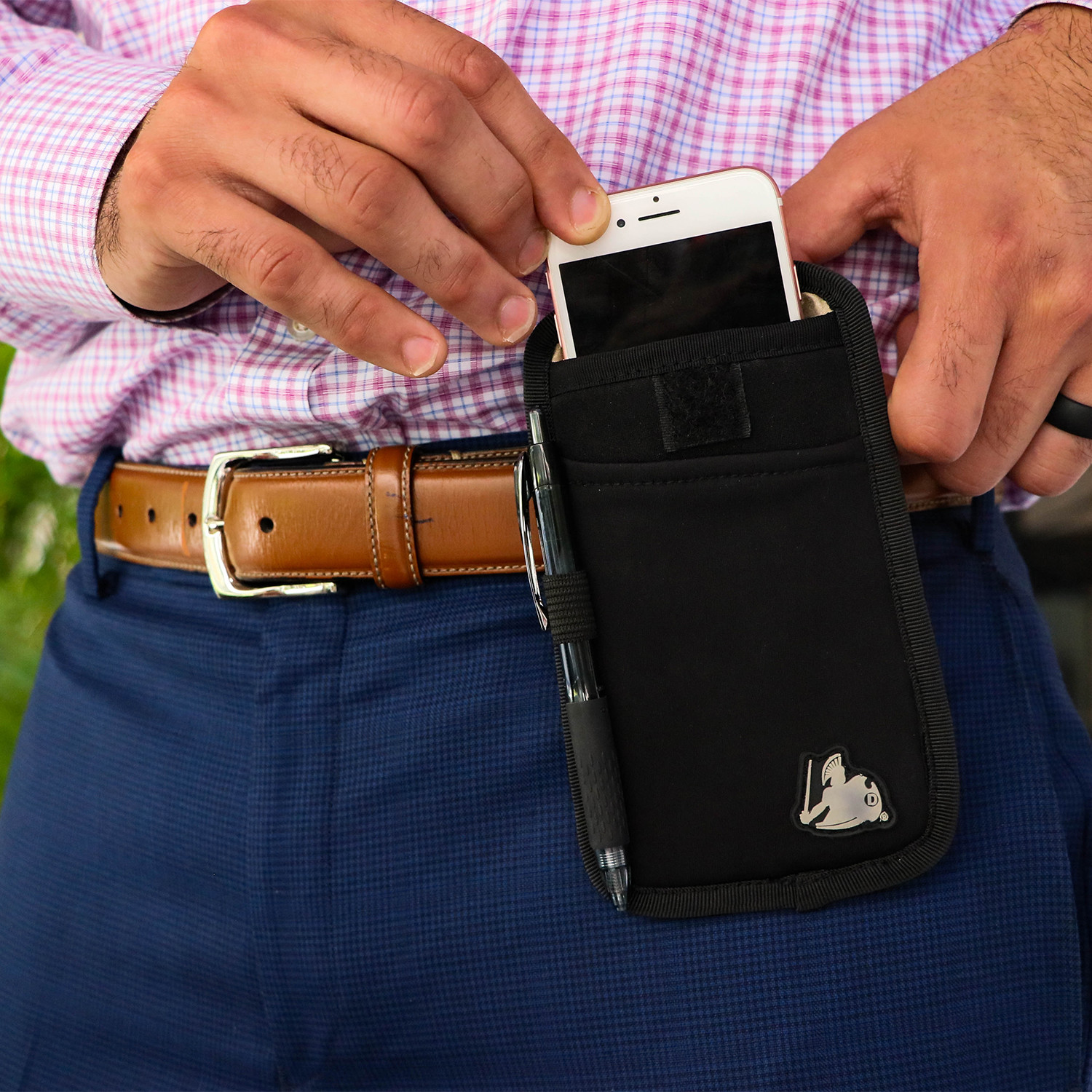The Proof clothing is designed to help you live, work, as well as play comfortably. These clothes update your daily necessities with the most up-to-date methods of construction and high-performance fabrics. Whether you're on the go or out in downtown, you'll always be equipped with the right proof clothing to meet your requirements. From sweatshirts to t-shirts, you'll be confident that you're covered.

Protection against microorganisms
The wearing of medical protective clothes is essential for medical professionals. It offers three levels of protection against microorganisms. It is particularly helpful in operating rooms and infectious disease departments. It also has an antibacterial coating, as well as ventilation to keep users user dry. Additionally, these protective clothing can be used in emergencies like disaster relief. Their main purpose is to protect the body from contracting infection when it comes into contact with infectious substances.
Antibacterial protective clothing works against fungal and bacterial pathogens like influenza viruses. It stops the growth of bacteria and other microorganisms through biostatic and biocidal substances. Additionally, the antibacterial substance damages the pathogens' internal systems, such as the membrane of cells, DNA and protein. Furthermore, emf proof are effective in protecting individuals from flu virus, however it does not stop its spread. virus because it is an airborne.
The most recent advances in protective clothing have allowed to use reusable fabric to kill pathogens. One innovative approach uses catalysts inside the fabric's cavities to eliminate bacteria and viruses. Furthermore, a brand new nanomaterial that is incorporated into textile fibers can destroy nerve agents. As a result, this material is a promising material for protective clothing.
Protection from pesticides
Chemical-resistant clothing is among the best ways to safeguard yourself from the hazards of pesticides and other chemicals. These protective garments are designed to shield you from the harmful effects that these substances can have. They can be worn over the work wear or PVC rainsuit.
The effectiveness of pesticide protection depends on the type of fabric along with the finish. 100 100% cotton fabric is the ideal choice. They do tend to be heavier. Other elements can affect the amount of protection. For example the existence of a repellent surface and the weight of the fabric could affect the absorption of the pesticide. Additional studies are required to study the efficacy in the use of clothing that is protective. In the meantime the best method to take an educated choice is to consult the label of the product.
The use of chemical-resistant gloves is also recommended. A majority of pesticide labels require employees to wear gloves. But, some pesticides do not require them. The gloves should be waterproof and made of nitrile or some other chemical-resistant materials. They should have enough length to cover the wrist. They are not chemically resistant, so it is better to buy gloves made of nitrile.
Protection from pickpockets
One of the best ways to safeguard yourself from pickpockets is by wearing pickpocket-proof clothing. These clothes feature hidden compartments to protect your valuables. Some of them are zippered to keep thieves out of your personal items.
In addition to wearing pickpocket-proof clothing You should also be aware of the surroundings. Avoid 5g proof clothing and unusual interactions. If possible, do not place your valuables in a flimsy pocket. You should also place your bag on your chest. Some people choose to wear their day bags across their shoulders, but this puts you at risk to robbery. Be mindful of turnstiles on subways, as thieves can lurk behind them. Turning your back will let a pickpocket quickly take your purse and then run away. Be alert and aware at all times, so that you don't have to deal with this kind of scenario.
If you're traveling to another country, always carry the cross-body bag. This allows you to be vigilant about your valuables. Don't show off your wealth by concealing your wallet or valuables. Do not wear expensive jewelry when traveling since it implies you have important items in your bag.
Protection against chemicals
Chemical protective clothing must not only be durable , but be comfortable as well. The outer layer is usually composed of polyurethane foam or activated carbon. It has a high resistance to chemicals that are lab-grade and offers strong toughness. The middle layer is composed of cotton, providing comfort and absorbency. The outer layer is finished off with a water-repellent chemical, such as NUVA HPU.
The occupational exposure levels for chemicals are indicated on safety data sheets (SDSs). The SDS will inform employees about the dangers posed by a chemical. The term "skin notation" next to an occupational exposure threshold means that the chemical can penetrate the skin and cause intoxication, cancer, or other negative effects. The sheets also provide recommendations for protective clothing. Member state laws and European directives protect of workers against chemical agents in the workplace.
Choosing the right protective clothing is crucial for all employees. The first step is to wear gloves. 5g proof clothing to chemicals can harm the arms, hands, and various other areas of the body. Based on the type of work, employees will be more likely to spill chemicals on their hands.
